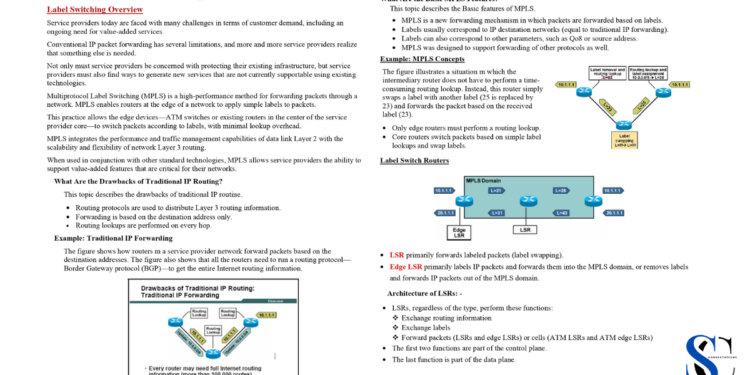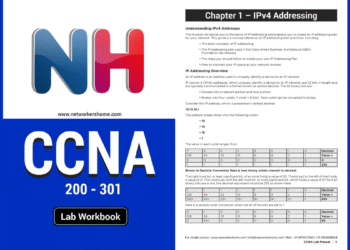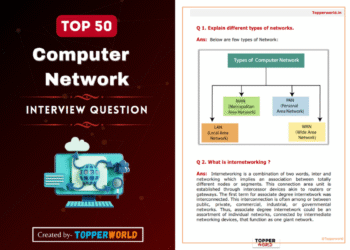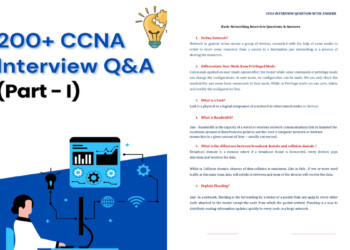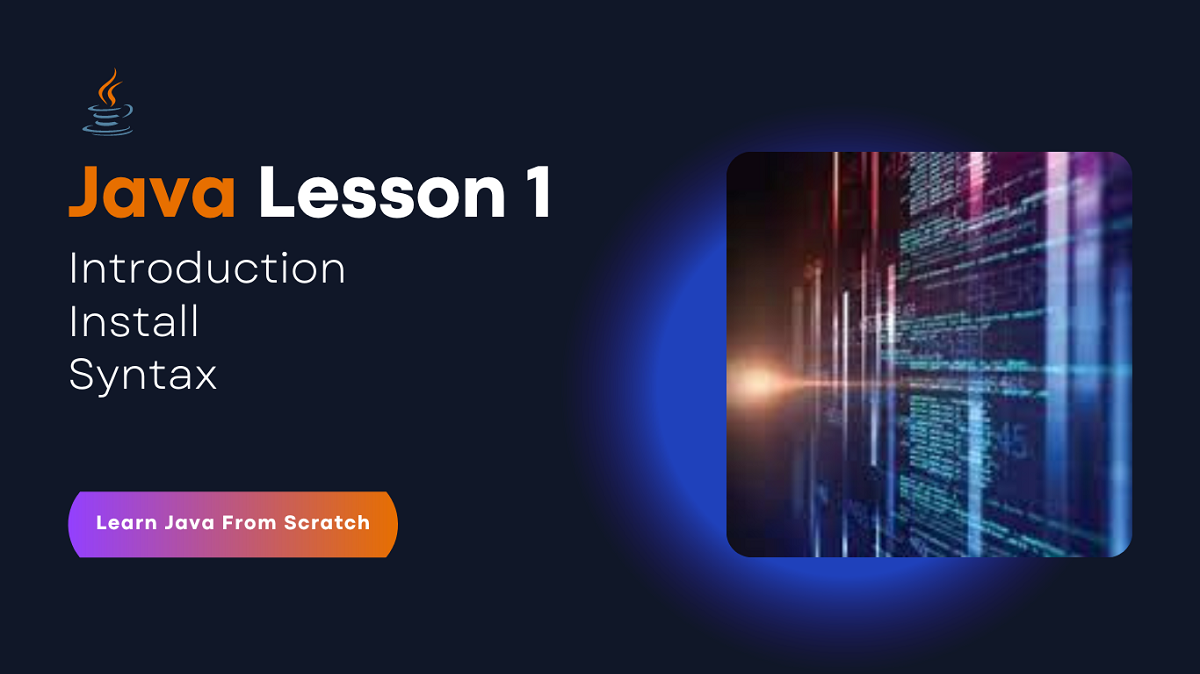Label Switching
Label switching is a technique used in telecommunications networks to efficiently route data packets from one device to another. It involves the use of labels, which are attached to each packet, to indicate the path that the packet should take through the network.
In this PDF, we will provide a detailed explanation of label switching and its implementation through the use of Multiprotocol Label Switching (MPLS). We will begin by examining the basic principles of label switching and its advantages over other routing techniques, such as IP routing.
We will then delve into the specifics of MPLS, including its architecture, protocols, and operational procedures. We will also explore the different types of MPLS networks, including Layer 2 and Layer 3 VPNs, and the benefits that they offer.
Overview of Label Switching PDF
this PDF provides a comprehensive explanation of label switching and its implementation through MPLS, highlighting its strengths and weaknesses and exploring the future of this important technology.
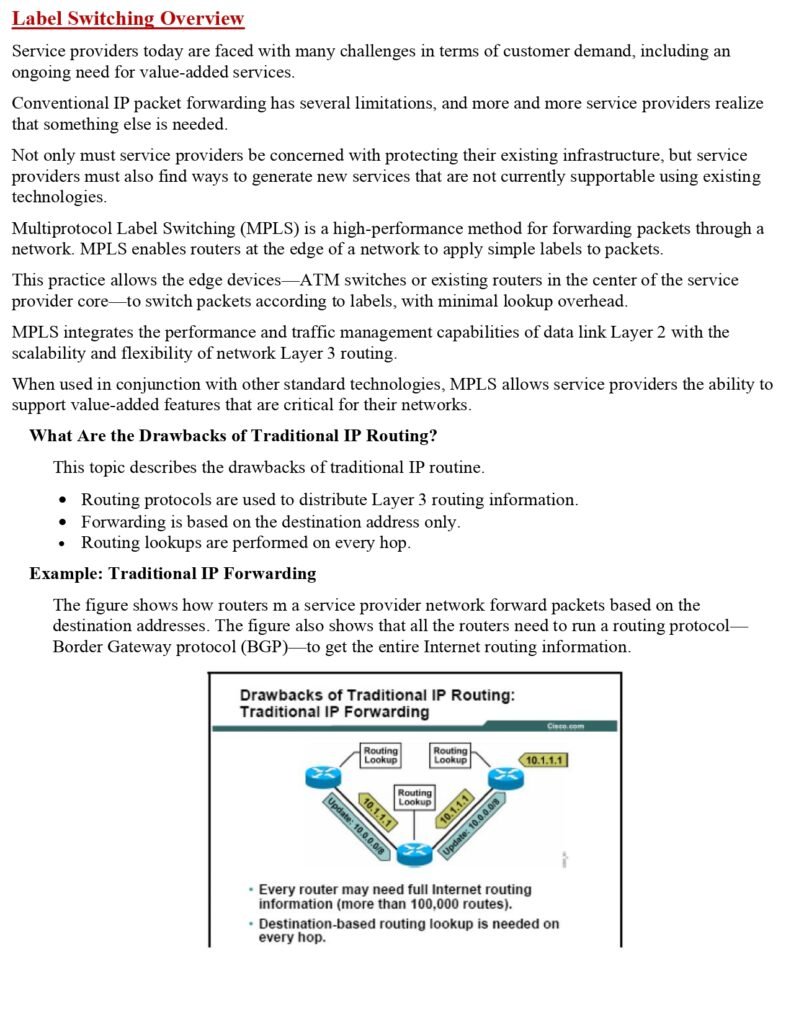
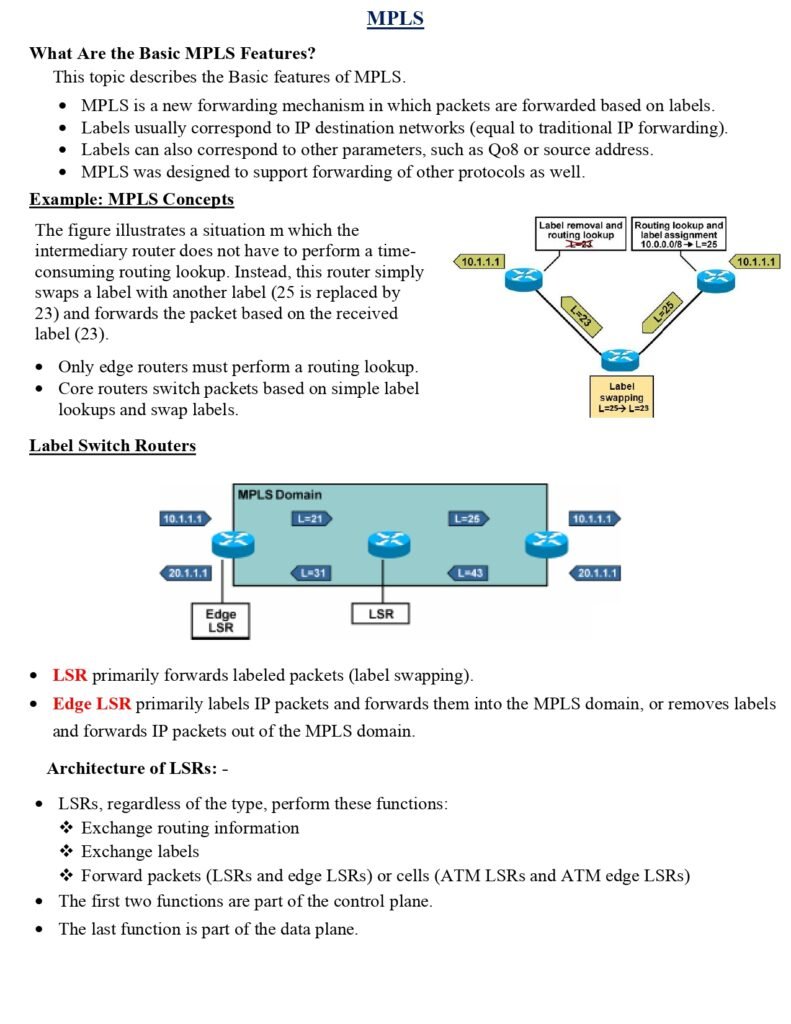
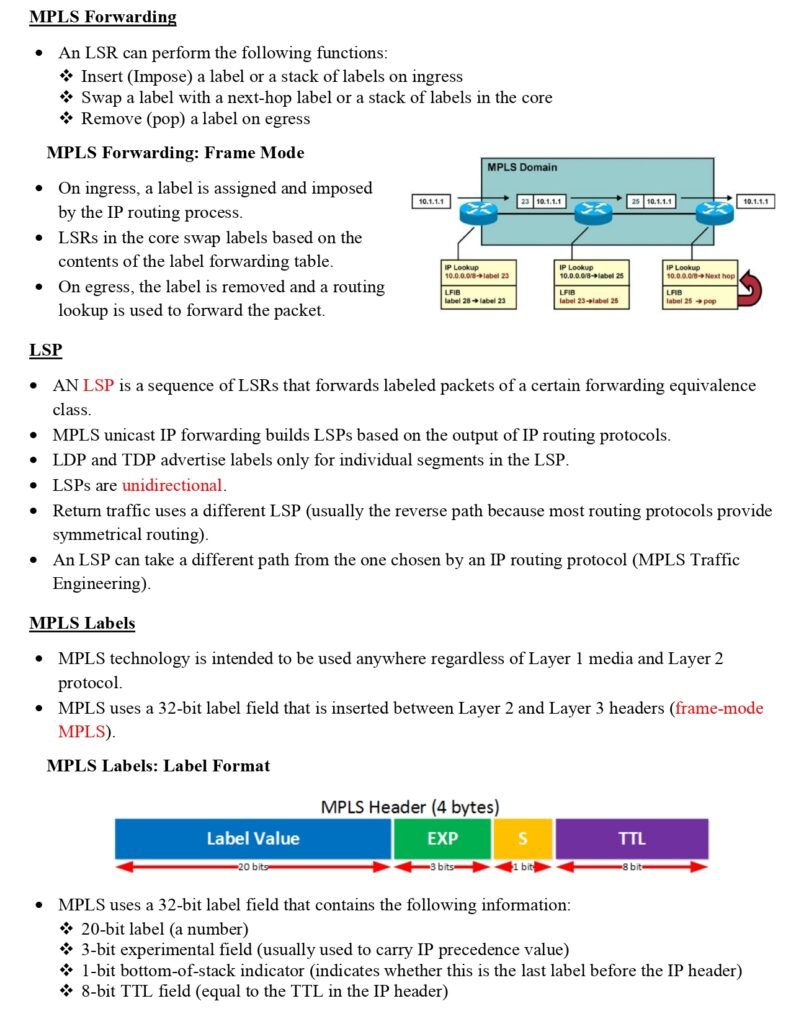
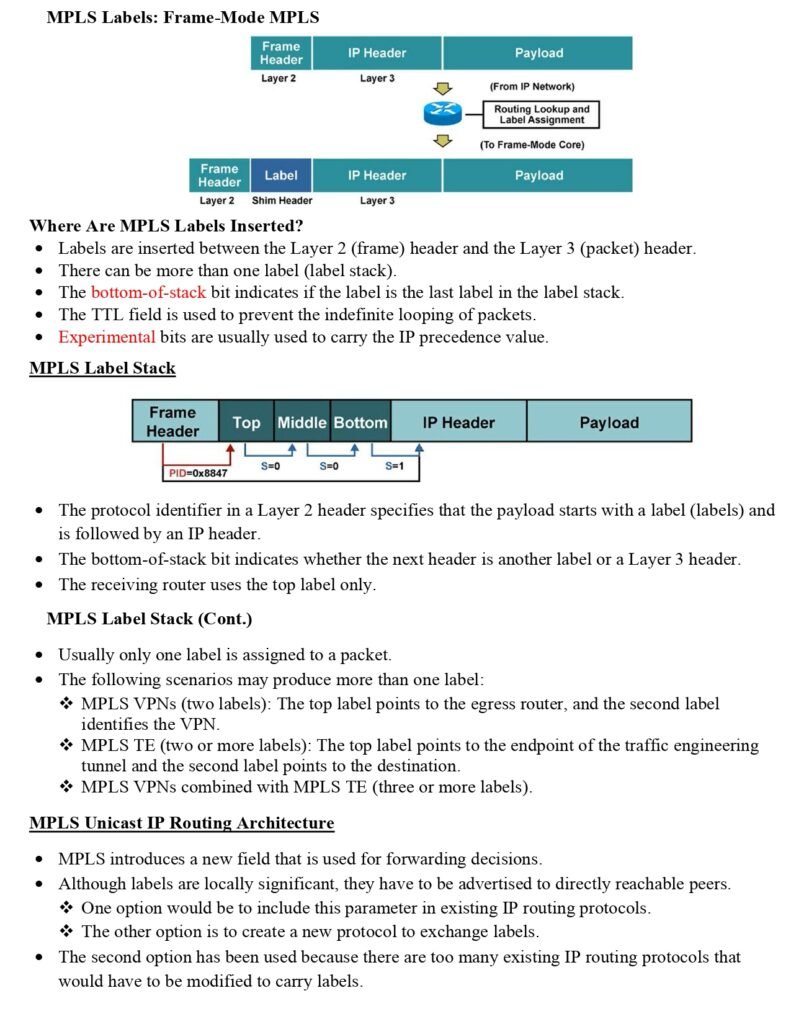
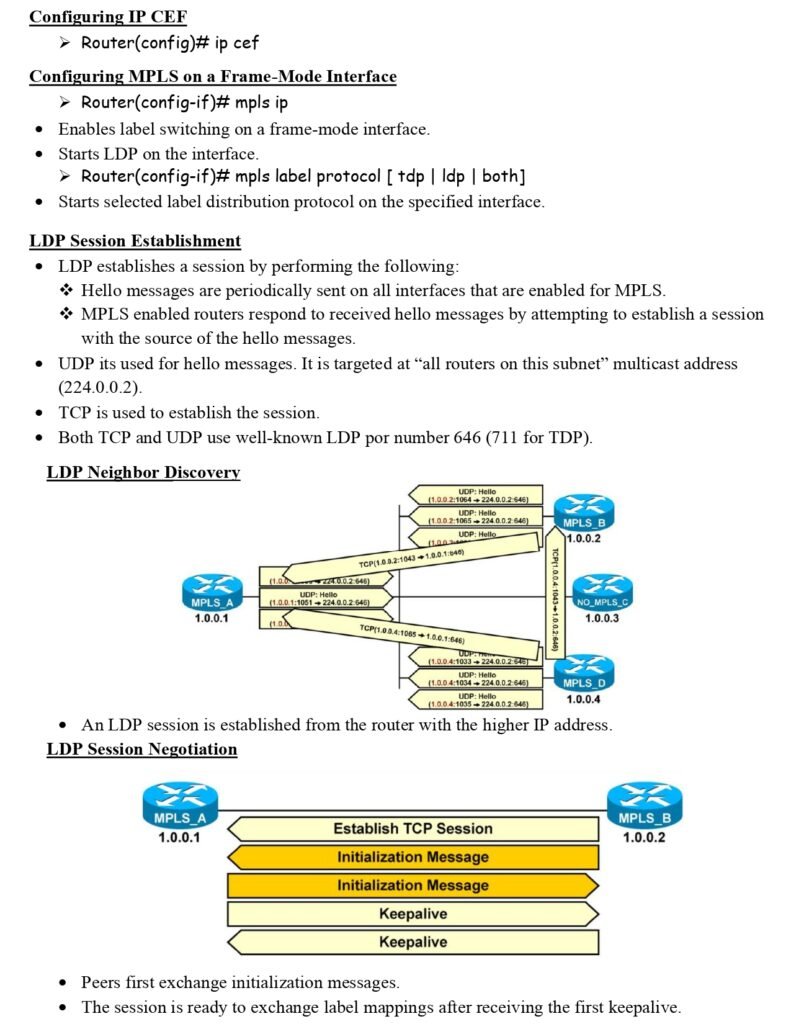

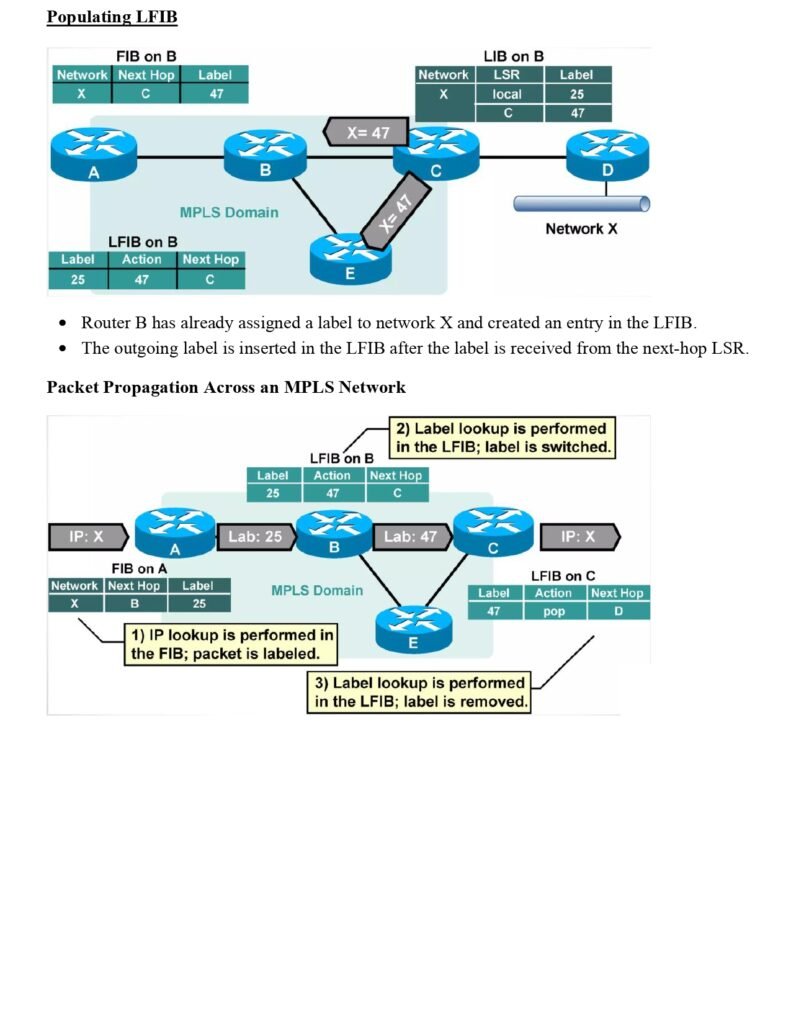
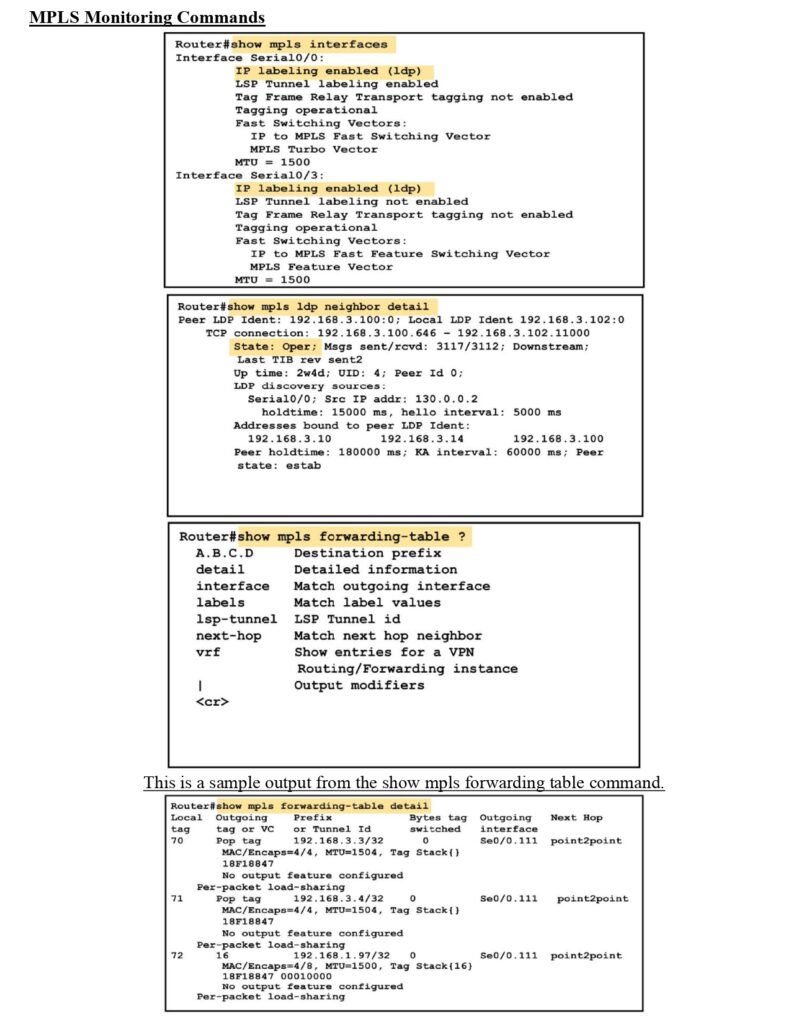
Finally, we will look at some of the challenges facing MPLS in the modern era, including the rise of software-defined networking (SDN) and the need for interoperability between different types of networks. We will also examine some of the recent developments in MPLS technology, such as MPLS-TP and Segment Routing.
Book Content
- Label Switching
- IP Forwarding
- MPLS
Book Format:-
To Download PDF:-
For Other Network Books From here
